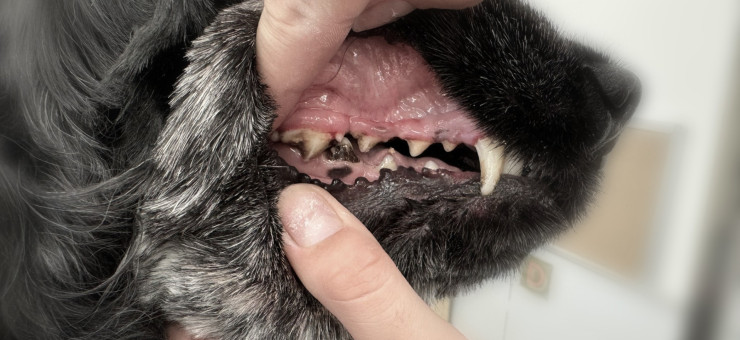
Puppy Teething Timeline: Stages, Teeth Count, Common Issues & Care Tips
Below is a blog from Pupstarts Breeders about Puppy Teething
Puppy Teething Timeline: Stages, Teeth Count, Common Issues & Care Tips
Puppy teething is a natural—and sometimes challenging—part of your dog’s early development. As their tiny milk teeth erupt and fall out, understanding each stage of your puppy’s dental journey can help you support them through discomfort and keep their oral health on track.
In this guide, we’ll cover the puppy teething timeline, how many teeth puppies have, common teething problems, and practical ways to ease their discomfort. Let’s sink our teeth in!
???? Puppy Teething Stages: A Complete Timeline
1. Neonatal Stage (0–3 Weeks)
At birth, puppies have no visible teeth. They rely on their mother’s milk and are entirely toothless.
2. Deciduous Teeth (Milk Teeth): 3–6 Weeks
At around 3 weeks, puppies begin to develop their milk teeth—also known as deciduous or baby teeth. These are sharp and small.
• By 6–8 weeks, they will have 28 baby teeth:
• 12 incisors
• 4 canines
• 12 premolars
Important: Most breeders or shelters rehome puppies around 8 weeks old, so new pet owners often meet their pup when they already have a full set of baby teeth.
3. Teething & Tooth Loss: 12–16 Weeks
At about 12 weeks, puppies start to lose their baby teeth to make room for permanent adult teeth.
You may notice:
• Tiny teeth on the floor or in toys
• Bleeding gums
• Excessive chewing
This process usually continues until 6 months of age.
4. Adult Teeth: 6–7 Months
By the time a puppy is 6 to 7 months old, they should have all of their 42 permanent adult teeth:
• 12 incisors
• 4 canines
• 16 premolars
• 10 molars
???? Common Puppy Teething Problems
During this stage, it’s normal for puppies to chew excessively or appear uncomfortable. However, there are a few puppy teething issues to watch out for:
1. Retained Baby Teeth
Sometimes a baby tooth doesn’t fall out before the adult tooth comes in. This is most common with canine teeth.
???? If left untreated, retained teeth can cause:
• Overcrowding
• Misalignment
• Gum infections
A vet may recommend extraction if the tooth doesn’t fall out naturally.
2. Inflamed Gums
Swollen or red gums can cause pain and reluctance to eat. Gentle brushing or teething toys can help, but consult your vet if swelling persists.
3. Bleeding or Bad Breath
A little bleeding is normal, but foul-smelling breath or excessive blood can be a sign of infection or dental disease.
???? How to Help a Teething Puppy: Soothing Tips for Puppy Parents
Teething can be tough, but here are some puppy teething remedies to ease their discomfort and save your shoes in the process!
???? 1. Offer Frozen Treats
Frozen carrots, ice cubes, or cold chew toys can numb sore gums and reduce inflammation.
???? 2. Provide Safe Chew Toys
Choose puppy-specific teething toys made from soft, non-toxic rubber. Look for brands approved by vets or labeled as dental-safe.
???? 3. Start Brushing Early
Introduce your puppy to tooth brushing with a finger brush and dog-safe toothpaste. Early habits prevent plaque and get them comfortable with oral care.
????⚕️ 4. Schedule a Vet Check
Your vet can monitor dental development and catch retained teeth or abnormalities before they become a problem.
???? Puppy Teething FAQs
When do puppies start teething?
Around 3 weeks old, with noticeable discomfort beginning at 12 weeks.
How long does teething last in puppies?
From around 3 weeks to 6–7 months of age.
What age should a puppy have all adult teeth?
